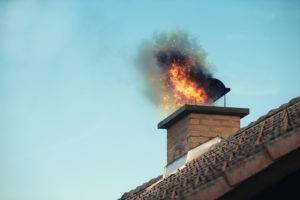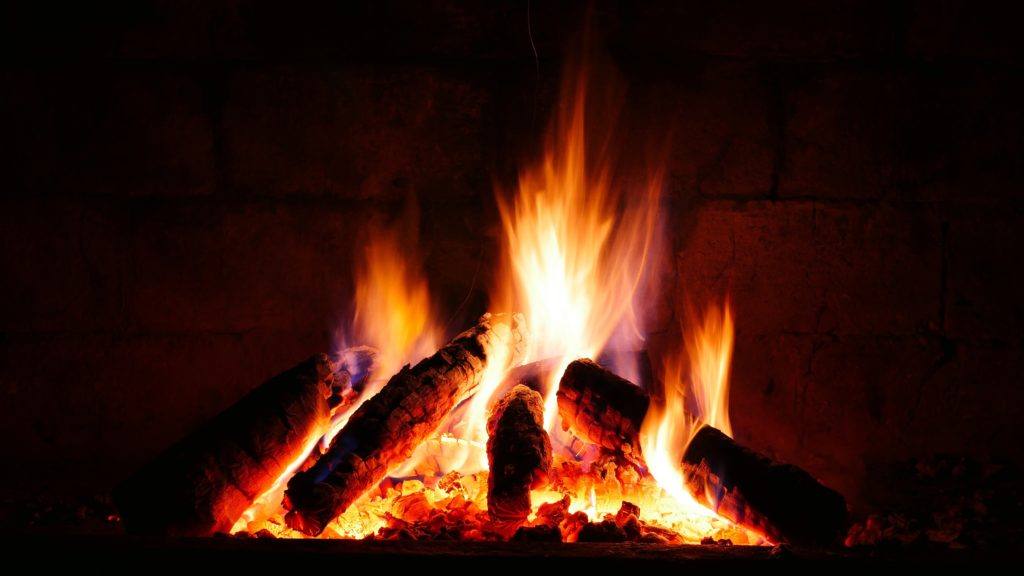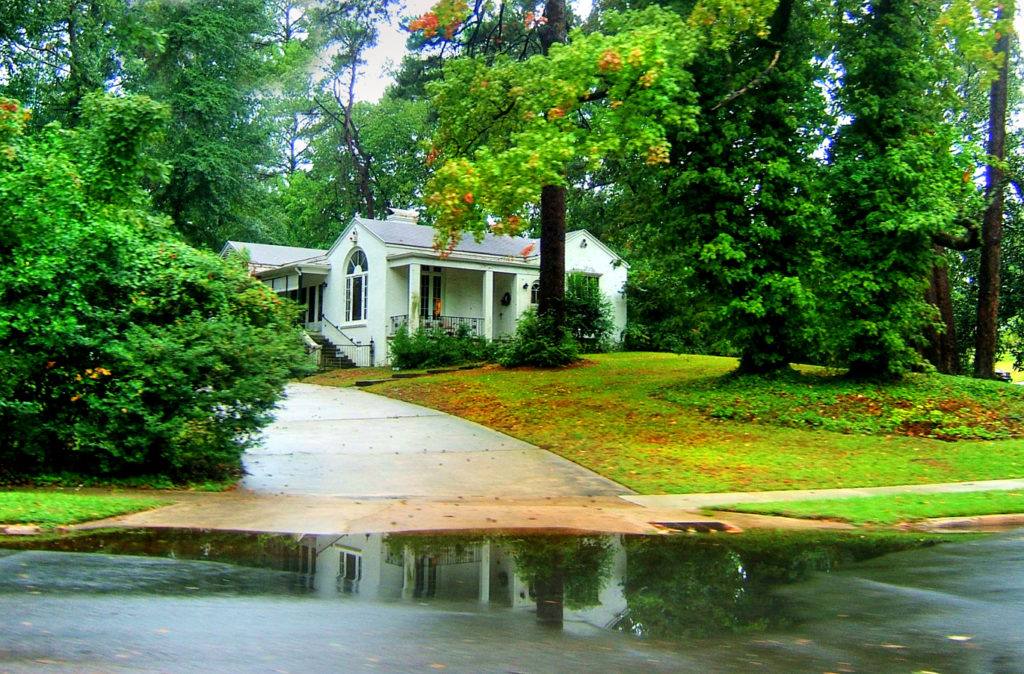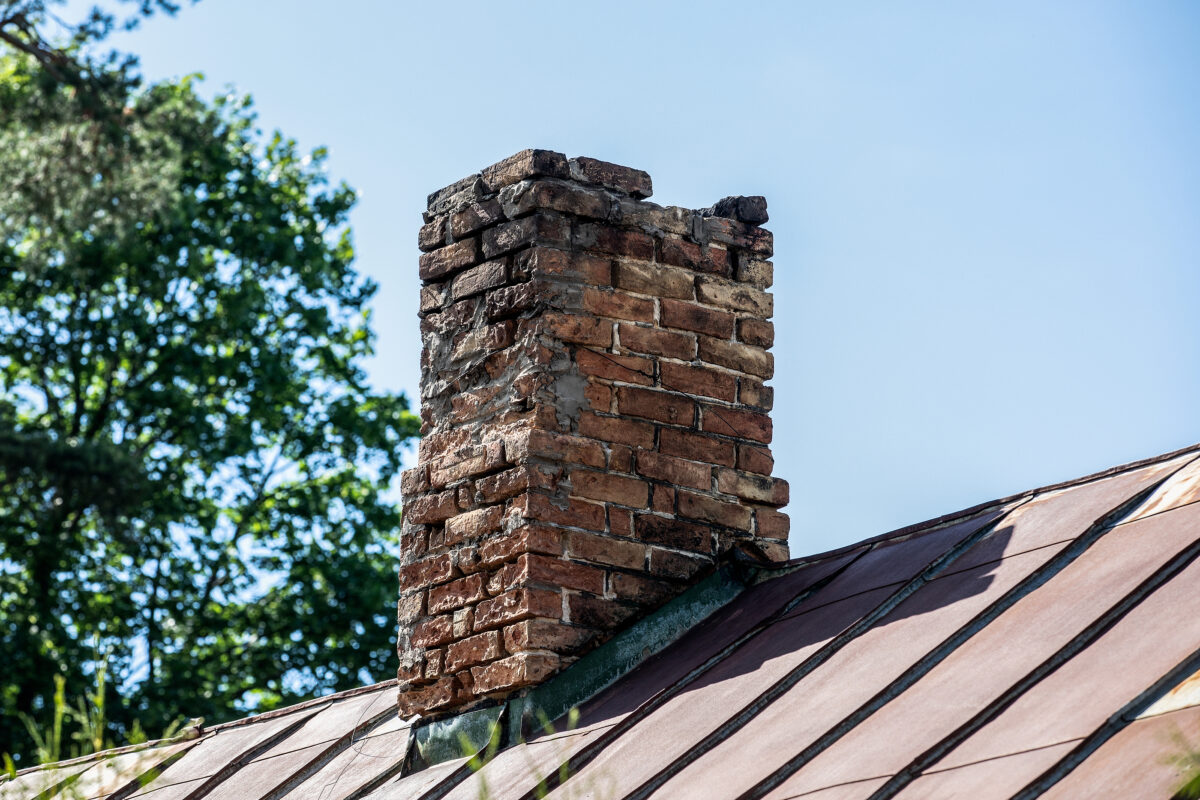Spare the Air was formed in 1991 by the Bay Area Air Quality Management District to inform residents when the air quality is forecast to be harmful and to share information on ways to decrease air pollution. No Burn Days are also called “Winter Spare the Air” days.
In 2008, the Air District approved a rule that makes it illegal to burn firewood on days once a Winter Spare the Air alert is in effect. This guideline was adopted to protect public health.
During winter months, wood smoke is the major source of air pollution in the Bay Area, accounting for more than one-third of fine particulate substance pollution. On cool, peaceful days when there is an inversion layer of warm air acting as a cover over a layer of cold air, wood smoke can build up at ground level to harmful concentrations.
There are numerous things residents can do to decrease their impact on air quality over the winter, when these weather conditions endure. The first line of protection is to limit usage of wood-burning stoves, and ideally switch over to a different heating method, such as gas, or EPA-certified wood stoves.
CHECK FOR ALERTS BEFORE YOU BURN
Never fail to spot an alert by signing up for Winter Spare the Air Alerts. Modify your alert for text, email, or phone call. Winter Spare the Air Alerts will as well be posted to the Spare the Air and Air District websites and social media.
KEEP IN COMPLIANCE
Besides avoiding burning wood on Winter Spare the Air Days, there are additional provisions in the wood-burning rule.
Wood-burning devices are forbidden in new buildings constructed in the Bay Area. Gas-fueled fireplace, gas inserts, and electrical fireplaces are acceptable.
We want you to stay warm this winter, but make sure you first check if that day is a “no burn day” by visiting the Spare the Air website.




